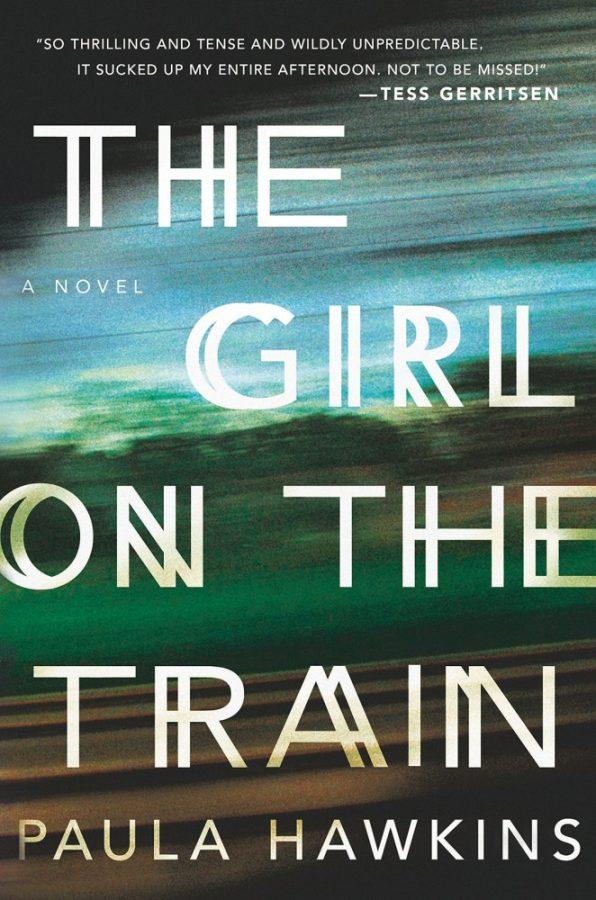It’s hard to compete in the thriller genre with “Gone Girl” still lurking on bestsellers lists, but “The Girl on the Train” nearly succeeds in matching Gillian Flynn’s mastery.
Paula Hawkins’ debut thriller tells the story of Rachel, a desolate, depressed alcoholic whose main activity, other than drinking, is riding the 8:04 train from Ashbury to Euston every morning. The train ride that she once took to her job in London has become a morning ritual, and she takes solace in observing the people who reside in the houses across from the tracks.
At the train stop mid-ride, Rachel observes a couple she dubs Jess and Jason, whose brief encounters on their terrace she sees from afar remind her of the perfect marriage — the one she lost after her ex-husband, Tom, left her for his mistress, Anna.
Rachel’s life is the repetition of riding the train, fantasizing over Jess and Jason, pining over Tom and going back to the bottle. The story is told like a journal entry, with the dates set apart by morning and evening time markers. Her life follows this pattern until she notices Jess with another man, and her solace is once again shattered.
The repetition would seem monotonous if the only point of view was Rachel’s, but, thankfully, Rachel’s sad, self-destructive narrative is broken up by other women in the novel. The other primary narrator is Megan Hipwell, whose story comes after her mysterious disappearance that makes the papers and eventually makes its way to Rachel, who may have some clue regarding what happened to Megan (aka “Jess”).
Her clues come from the discovery of Megan’s affair but also the hazy remnants of a drunken night that left Rachel with several cuts and bruises — and the suspicion that something terrible happened in those several blank hours of her memory. Those hours coincide with the same time and location of Megan’s disappearance, and the rest of the novel is spent desperately trying to piece together what happened to everyone that night.
Rachel’s constant drinking and unintentional drunk dials to Tom and Scott, Megan’s husband, devolve into an annoying pattern. Though, it is necessary to moving the story along. Cathy, Rachel’s roommate, goes from irritated to infuriated watching Rachel’s behavior, and it’s hard not to sympathize with her discontent. But it’s also hard to ignore Rachel’s pain and her need to soothe it away, as the things she has lost are continually thrown back in her face during her own private investigation into Megan’s disappearance.
Like most psychological thrillers, none of the characters can be trusted, even when the reader is inside their head during different dates of the narration. Each of the women who get their one-on-one with readers are emotional wrecks, and the men in their lives only add to their psychoses. The story becomes a tug of war between believing the women or believing the men, when in reality, the truth is a complex piecing together of all the narratives.
Again, it’s hard to write a thriller in the wake of the success of “Gone Girl,” and Hawkins doesn’t reach the level of finesse with her characters the way Flynn does. Unlike Flynn, Hawkins creates characters who have chances at redemption, which is a relief.
Once the character who caused Megan’s disappearance comes to light, the satisfaction is lukewarm, watered down by the frequent melodrama and bland characters. It’s not a completely dissatisfactory twist; it’s just mediocre compared to similar epiphanies, such as those in “Gone Girl.”
“The Girl on the Train” isn’t the most compelling psychological thriller. However, that doesn’t mean it has nothing to offer. Hawkins does well creating a world that readers are eager to engage in, but her storytelling falls short of the success of better written novels in the same vein.
_______________
Follow Mia Moran on Twitter.









